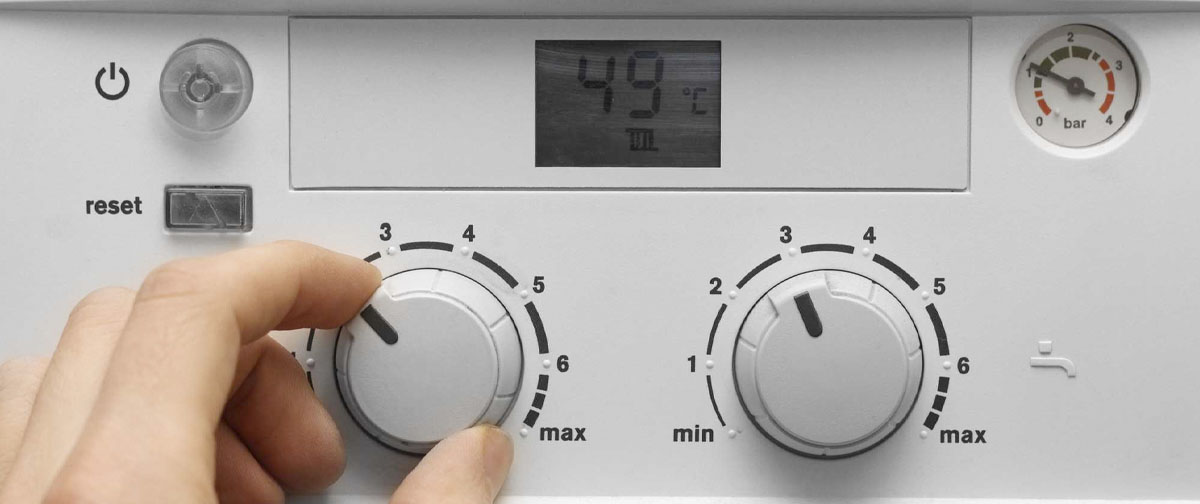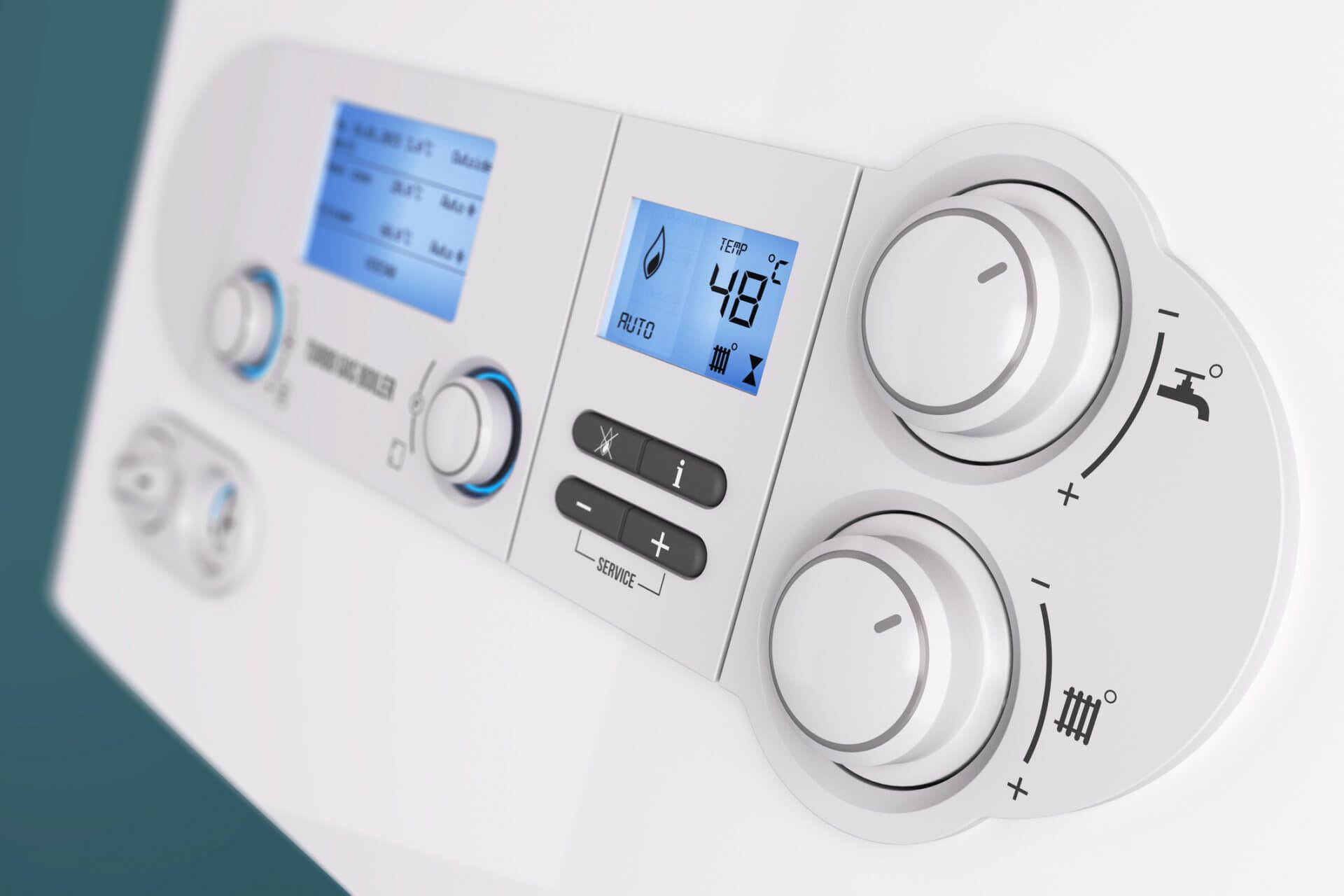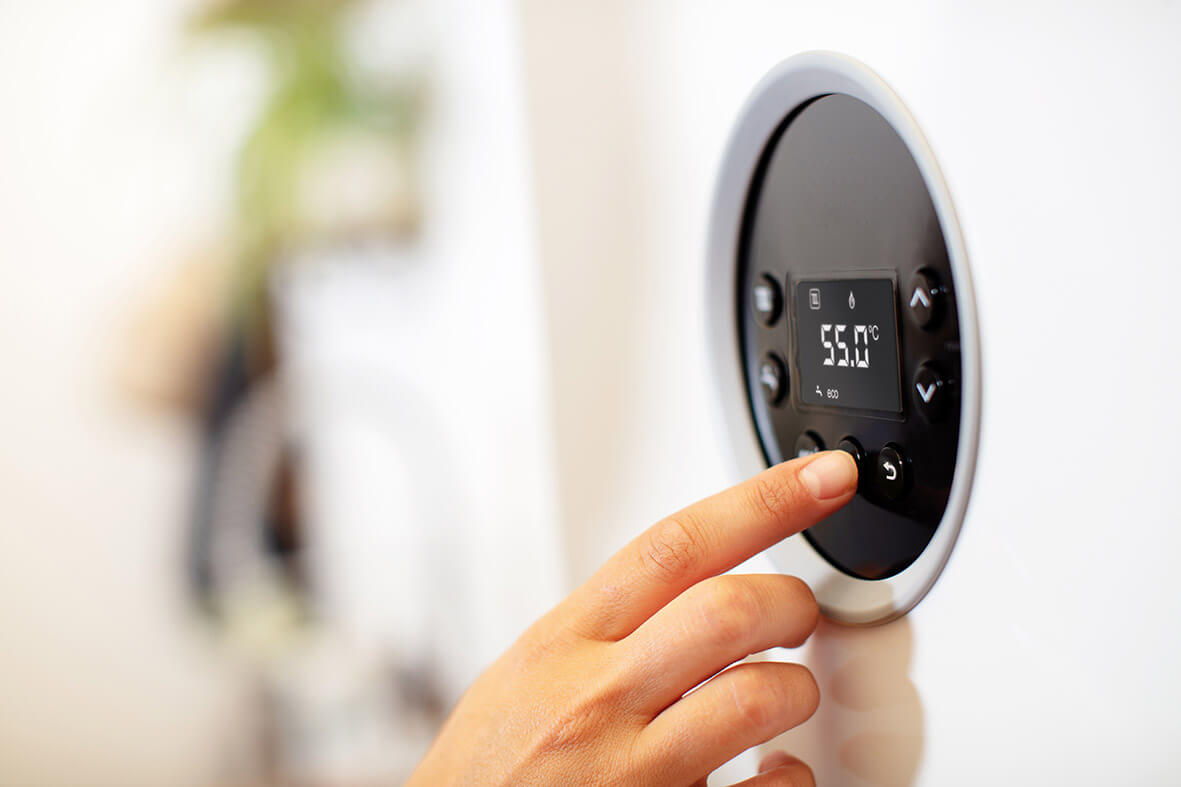
How to fix a leaking shower head.
- Dec 17, 2020
- 0



Are you experiencing problems with your boiler regarding 'no hot water' or loss of water pressure in your system? Well, the good news is that low pressure and loss of hot water are all very easily diagnosable problems. In some instances, it is possible to fix the issue yourself. To assist in efforts to keep you as cool as a cucumber, here are some handy tips to treat the most common boiler issues.
1. What is Boiler Water Pressure?
The way in which your boiler works is to heat the water that flows around a network of pipes and radiators throughout your residence. For maximum efficiency, your water pressure needs to be balanced. Pressure in most contemporary combination boilers is maintained by what is described by industry insiders as a 'filling loop' which is connected to your cold-water pipe.
2. What can causes a fall in Water Pressure?
There are two usual suspects when it comes to investigating low water pressure:
Leaks
You may have a clandestine leak somewhere in your network. It could be a tiny leak, but if the leak has been prevalent for some time, it could very well lead to a gradual drop in pressure. Your best bet is to look around your residence for signs of damp patches, puddles and drips from pipes, radiators, and the boiler itself. It is very important to note, that you should never look for leaks inside your boiler. You should leave this for a professional Gas engineer. If you discover a leak, or need to top up the water pressure at regular periods, your best best is to give Bristol Plumber 24/7 a call.
Bleeding Radiators
If you bleed your radiators regularly, you may lose some pressure in the system. This is because when you bleed a radiator system, air, aka pressure is released. This in turn lowers the pressure within your system.
3. How to Check My Boiler Pressure?
If you look towards the front of your boiler, you should find a pressure gauge, which may be a digital or analogue in nature. Hydraulic pressure gauges will display a low and high pressure indicated by red for low and green for high sections on the dial. The position is usual set by an enhineer when you get your boiler installed or serviced. You will notice a flashing pressure reading, if there is a low (or high) pressure warning.
If your boiler pressure reads less than 1 bar, it is quite possible that you might have lost water from your system, which will then need to be replaced. As refereffed to earlier, this is where that filling loop (or filling link) comes into play.
If the pressure gauge on your boiler indicates high pressure (above 2.75 bar), then you may need to bleed your system to bring it back down to a safe leavel of 1.5 bar. This can be finicky and occasionally dangerous, due to high water temperatures. We recommend an engineer visit if you are experiencing high pressure. The problem itself might be related to an internal component of the boiler. If so, you will require a professional visitation to rectify the problem.
4. Can I Fix Low Boiler Pressure Myself?
The boiler pressure within different systems can differ depending on the make and manufacture, so it is always best to check your manual. It might be possible to re-pressurise the boiler system yourself. Your boiler may also have additional instructions inside the front door cover or elsewhere with further details on it's usage. If you need any tools to remove the the front door cover or panel, don't! Do not touch it! Get in touch with us immediately
.Top tips
Check Your Boiler Brand's Website, to See If They Have Any Helpful Tutorials and Videos About Topping up Pressure on Their Systems.
Re-pressurising your boiler, means allowing more water to enter the system, from the water mains supply, via the filling loop. The two main types of filling loop are 'built in' and 'external'.
Filling loops may vary in design, but here's the basic re-pressurising process:
- Switch off and allow your boiler to cool
- Double-check that both ends of the filling loop are securely attached
- Open both valves, to allow cold mains water into the system (you should hear it)
- Wait for the pressure gauge to read 1.5 bar
- Close both valves, one after the other
- Switch the boiler back on and, if needed, press the reset button
- Undo both ends of the filling loop and remove. Be careful to catch any water spillage and keep the filling loop in a safe place!